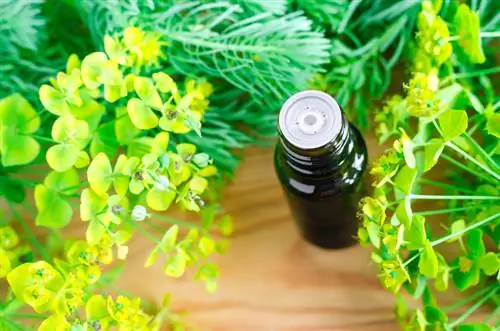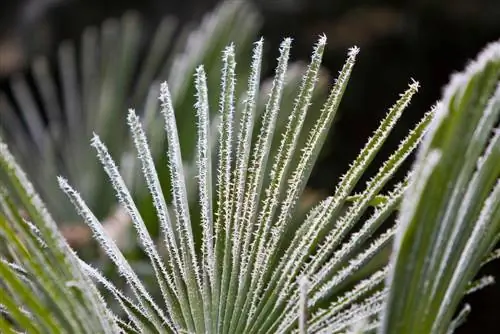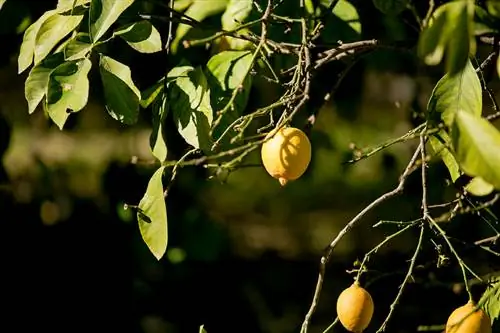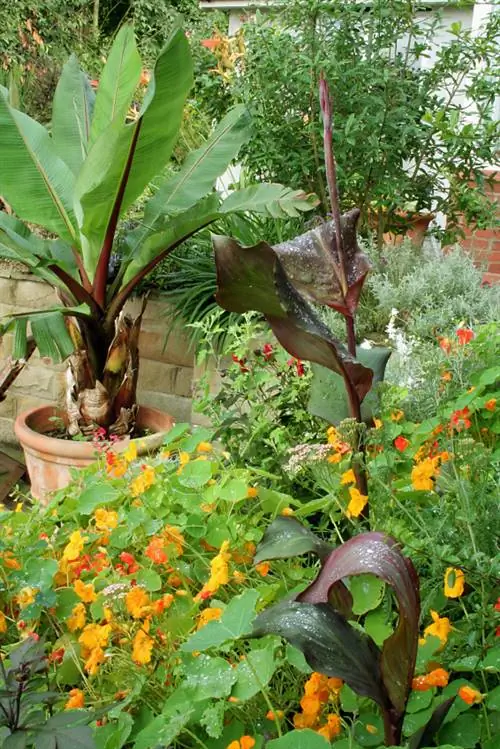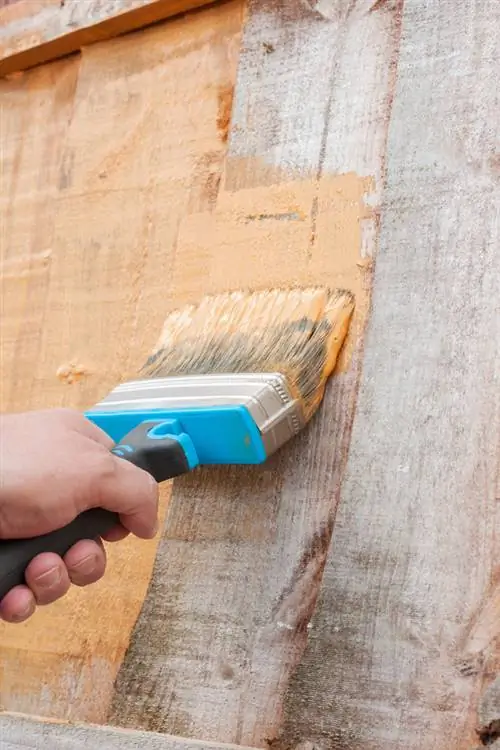- Author admin [email protected].
- Public 2023-12-16 16:46.
- Last modified 2025-06-01 06:02.
Cypress spurge is a small herbaceous plant that grows quite often in poor meadows and even rocks in Central Europe. Special varieties are also popular in the garden. However, caution is advised: cypress spurge is poisonous! A profile.
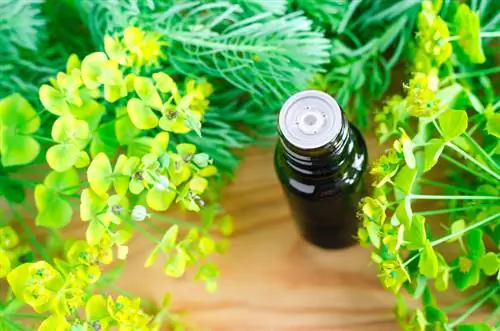
What are the characteristics of cypress spurge?
Cypress spurge (Euphorbia cyparissias) is a perennial herbaceous plant that grows 15-50 cm high and has narrow green leaves. It blooms from May to September, with the flowers initially yellow and later red. The plant is poisonous, especially the milky sap can cause skin irritations and intolerances.
Cypress spurge - A profile
- Botanical name: Euphorbia cyparissias
- Popular names: dullwort, milkweed, wartywort
- Family: Spurge family (Euphorbiaceae)
- Plant type: herbaceous plant
- Occurrence: Europe, Asia
- Species: around 2,000
- Location: poor grassland, sheep pastures, rocks
- Annual or perennial: perennial
- Height: 15 - 50 cm
- Leaves: green, very narrow, 1 - 3 cm long, up to 3 mm wide
- Flower color: initially yellow, later red
- Flowering period: May to September
- Summer/winter green: mostly summer green, occasionally winter green
- Propagation: mainly by runners
- Winter hardiness: hardy
- Toxicity: milky sap highly toxic
Important for insects
The nectar of the cypress spurge is readily consumed by insects, especially bees. The plant serves as the main source of food for the spurge moth caterpillars.
The cypress spurge is a so-called migratory plant that spreads mainly via foothills. Locations where cypress spurge can grow unhindered are becoming increasingly rare. That's why the spurge hawkmoth is threatened with extinction.
Cypress spurge is poisonous
Cypress spurge is considered a medicinal plant, although it is classified as moderately to highly toxic. The plant sap that escapes when the plant is damaged is particularly poisonous. It contains skin-irritating substances that can cause dermatitis on the hands. If the juice gets into the eye, in the worst case it can lead to blindness.
Gloves should always be worn when picking and caring for cypress spurge. If plant sap accidentally gets into your eye, you should rinse it out as soon as possible and consult an ophthalmologist
The seeds of the cypress spurge also contain toxic substances and can cause serious poisoning. As a medicinal plant, cypress spurge is only used externally, and only with caution because of the poisonous plant sap.
Be careful with grazing animals
Cypress spurge is highly toxic to grazing animals, but is usually avoided because of its taste.
Unlike other willow weeds such as buttercup, the poison does not decompose through drying. Hay containing the spurge plant should not be fed.
Tip
The cypress spurge is a relative of the poinsettia, which is very popular not because of its inconspicuous flowers, but because of its bright red leaves. It also secretes white, poisonous milky juice.

